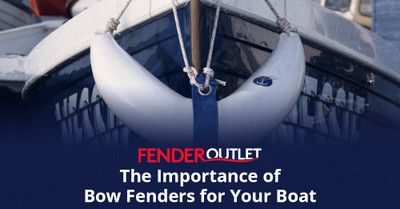-



-



-



-

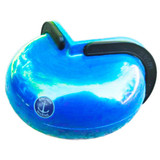

Anchor Marine
PC20563
Anchor Marine 13 x 10 x 10cm Transom Corner Fender Royal Blue
MSRP: £37.02£30.82 -



Anchor Marine
PC20562
Anchor Marine 13 x 10 x 10cm Transom Corner Fender Navy Blue
MSRP: £37.02£31.11 -



-



-

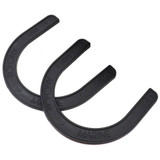

Anchor Marine
PC20656
Anchor Marine 16 x 14 x 11cm Transom Corner Fender Royal Blue
MSRP: £35.39£33.06 -

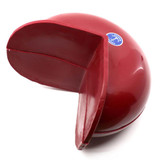

Anchor Marine
PC20561
Anchor Marine 13 x 10 x 10cm Transom Corner Fender Burgundy
MSRP: £41.86£33.60 -



Anchor Marine
PC20567
Anchor Marine 16 x 6 x 7cm Transom Corner Fenders (Pair) Black
MSRP: £44.51£36.80 -



Anchor Marine
PC20569
Anchor Marine 16 x 6 x 7cm Transom Corner Fenders (Pair) Royal Blue
MSRP: £44.51£36.98 -
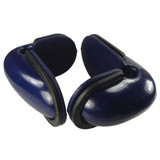


Anchor Marine
PC20568
Anchor Marine 16 x 6 x 7cm Transom Corner Fenders (Pair) Navy
MSRP: £44.51£37.11 -



Anchor Marine
PC20570
Anchor Marine 16 x 6 x 7cm Transom Corner Fenders (Pair) White
MSRP: £44.51£37.43

Transom Fenders
Transom fenders are essential protective components used on boats to safeguard the transom against damage caused by impacts, docking, or equipment like outboard motors. These fenders absorb shock, reduce wear, and help maintain the boat’s structural integrity, making them an important investment for boat owners who frequently dock, tow, or operate in rough waters.
Purpose and Benefits
The primary function of a transom fender is to act as a buffer between the boat’s transom and external forces, such as docks, pilings, or other vessels. Boats that frequently experience rough docking conditions, participate in towing activities, or use davits for tenders particularly benefit from transom fenders. They help prevent scratches, dents, and structural stress that can lead to costly repairs. Additionally, they reduce vibrations from outboard engines and provide a cushioned barrier for equipment mounted on or near the transom.
Types of Transom Fenders
Transom fenders come in various materials and designs, depending on the type of boat and its specific needs. Some are made from high-density foam encased in durable marine-grade vinyl, while others feature rubber or inflatable designs. Rigid foam-filled fenders provide strong impact absorption and are often secured with stainless steel or aluminium brackets. Inflatable transom fenders offer flexibility and adjustability, making them ideal for temporary use or when a boat is in transit.
Choosing the Right Transom Fender
Selecting the right transom fender depends on factors such as boat size, docking conditions, and the level of protection needed. For larger vessels that frequently experience heavy impact, rigid foam or rubber fenders provide superior durability. Smaller boats or those requiring occasional protection might benefit from inflatable or removable options. Consider the fender’s attachment method as well, as some require permanent installation with brackets, while others can be tied or clipped on for easy removal.
Maintenance and Care
Proper maintenance extends the lifespan of transom fenders and ensures they remain effective. Regularly inspect them for signs of wear, such as cracks, tears, or deflation in inflatable models. Wash them with fresh water after each use, especially when boating in saltwater, to prevent buildup of salt and grime. If the fender has a vinyl or rubber coating, applying a UV protectant helps prevent sun damage and cracking. For foam-filled or permanently mounted fenders, check the attachment points periodically to ensure they remain secure and corrosion-free.
Buy Transom Fenders
Available in a wide range of colours including black, blue and white, transom fenders are a crucial investment for protecting a boat’s transom from impact damage. Choosing the right type depends on factors like boat size, docking conditions, and the level of protection required. Proper installation and maintenance will help extend their effectiveness and durability, ensuring long-term safeguarding of the vessel’s structure. Whether opting for rigid, inflatable, or custom-fit options, having a well-placed transom fender contributes to a safer and more secure boating experience.





